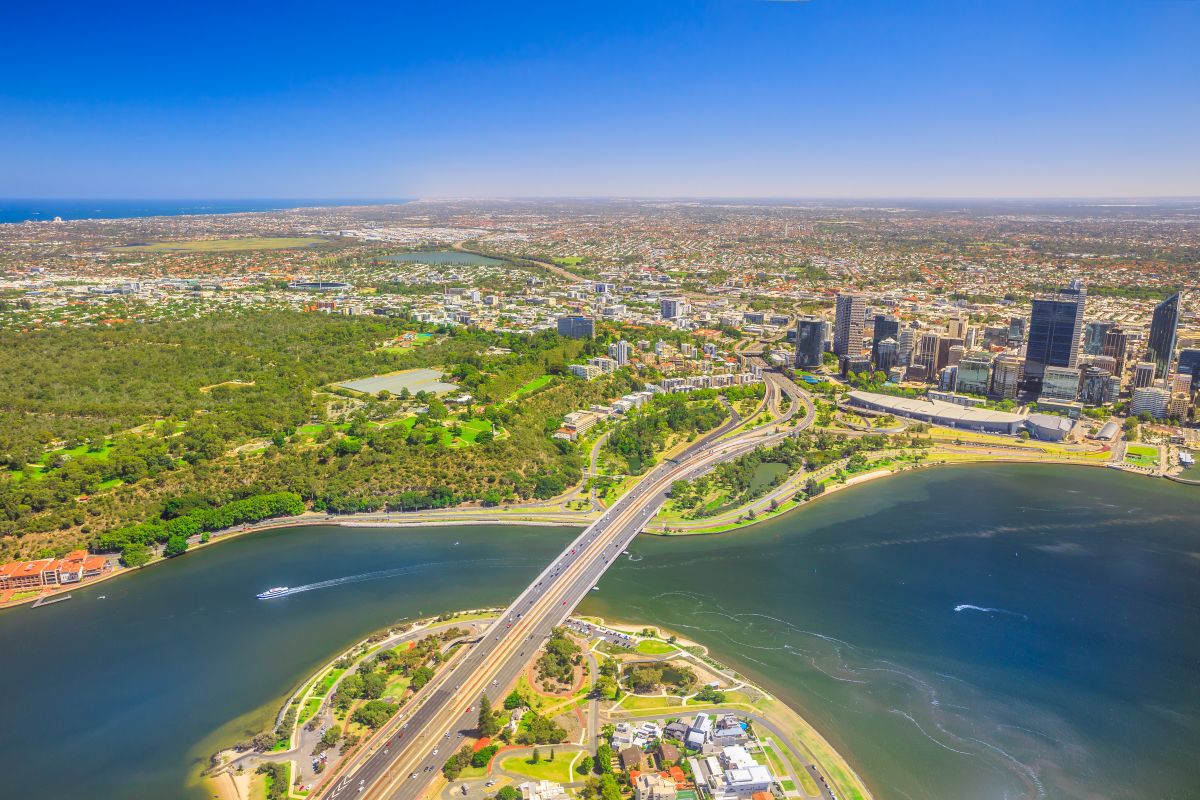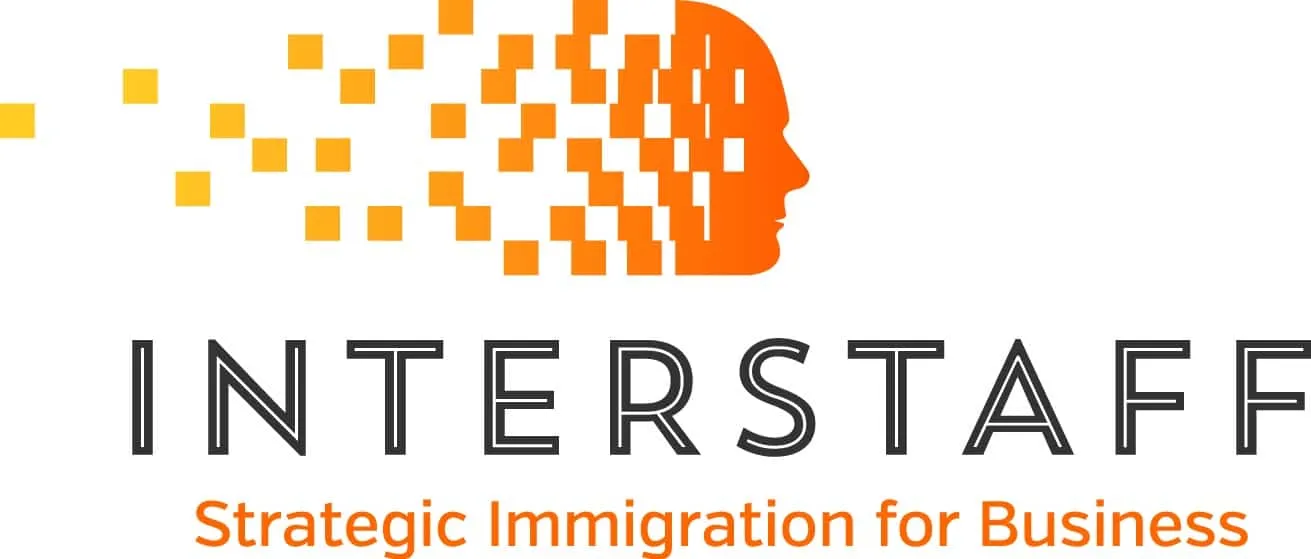Visa Processing Times And Key Migration Updates

Sheila Woods of Interstaff gives an update on Visa processing times and key migration updates.
Written by Sheila Woods (MARN: 0533879) of Interstaff 10 July 2025
Here’s a summary of updates relating to:
- Permanent Migration Program 2025/26
- 482 Visa Processing Times
- Regional Visa Processing Times | 494 and 191 Visa
- 407 Training Visa Processing Times
- 309 and 820 Partner Visa Processing Times
- National Innovation Visa (NIV) Processing
- Citizenship Processing Times
- Character and Visa Cancellation Processing
Permanent Migration Program 2025/26
It is likely that program planning levels for 2025/26 will remain the same as the 2024/25 program year, unless the Government announces otherwise.
In the 2024/25 program year, Australia’s permanent migration program allowed for 185,000 people, with an approximate 70/30 split between the skills and family visa streams.
Given that the 482 employer-sponsored visa program has recently been restructured, we expect employer-sponsored visas will continue to be a focus.
482 Visa Processing Times
The Government had expected to finalise the legacy 482 Temporary Skill Shortage (TSS) Visa caseload by the end of June 2024.
On this basis, we should soon start to see a reduction in 482 Skills in Demand (SID) Visa processing times once the TSS caseload is finalised.
Current processing times (as at 1 July 2025) are:
- 482 SID Visa (Core Skills Stream): 50% processed in 57 days and 90% processed in 4 months.
- 482 SID Visa (Specialist Skills Stream): 50% processed in 7 days and 90% processed in 55 days.
- 482 TSS Visa (Short and Medium Term Streams): 50% processed in 7 months and 90% processed in 11 months.
The Government is working towards target processing timeframes of 7 days for the Specialist Skills Stream and 21 days for the Core Skills Stream of the 482 SID Visa.
Regional Visa Processing Times | 494 and 191 Visa
Processing delays are likely to have been due to a 40% higher demand year on year for Regional Visas.
Current processing times (as at 1 July 2025) are:
- 494 Regional (Sponsored) Visa: 50% processed in 6 months and 90% processed in 8 months.
- 191 Regional Permanent Residence Visa: 50% processed in 9 months and 90% processed in 13 months.
407 Training Visa Processing Times
There has been a significant surge in Subclass 407 visa applications—rising from an annual average of 4,000 to 20,000 by the end of May 2025.
Current processing times (as at 1 July 2025) are:
- 407 Training Visa: 50% processed in 9 months and 90% processed in 11 months
There has also been an increase in problematic applications (refusals and withdrawals), leading to long-standing sponsors with good records being prioritised for processing.
The Government introduced a new two-week gap between nomination finalisation/refusal and visa decision in April 2025 to allow applicants more time to withdraw, re-nominate, or seek review of a visa decision.
309 and 820 Partner Visa Processing Times
The Government plans to allocate more resources to ease processing delays for Bridging Visas tied to Partner visa applications. Bridging Visas are typically granted to visa applicants that are waiting for a decision on their visa.
Older cases are being cleared, which has affected current processing times. Current processing times are (as at 1 July 2025):
- Subclass 309 (Offshore) Partner Visa: 50% processed in 17 months and 90% processed in 25 months.
- Subclass 820 (Onshore) Partner Visa: 50% processed in 14 months and 90% processed in 27 months.
Some Visitor Visa refusals have been issued for Subclass 309 (Offshore) Partner Visa applicants that want to visit their spouse in Australia due to not meeting genuine temporary stay criteria.
Citizenship Processing Times
There has been a continued increase in citizenship applications. This was largely driven by the new direct pathway to citizenship for New Zealanders, which saw 90,000 NZ citizens applying — an increase of 30,000 to the previous year. Standard citizenship applications also rose slightly.
Current citizenship by conferral processing times are (as at 1 July 2025):
| Application Type | Period Counted | 50% of Applications Processed in: | 90% of Applications Processed in: |
| Australian citizenship by conferral | From date of application to decision | 9 months | 12 months |
| From date of approval to ceremony | 81 days | 6 months | |
| From date of application to ceremony | 11 months | 15 months |
Long-standing cases are being prioritised. While average processing times under the conferral pathway have increased marginally, there has been an improvement in the time from approval to ceremony, with 83% of applicants attending their ceremony within three months.
National Innovation Visa (NIV) Processing
The NIV commenced on 6 December 2024, providing a permanent visa pathway for exceptionally talented individuals with globally recognised achievements in fields such as critical technologies, health, renewables, AgTech, defence, education, financial services and FinTec, infrastructure and transport, and resources.
On 26 May 2025, the Government had 6400 applications on hand and 130 candidates invited to apply for the visa. A small number of grants were issued in the 2024/25 program year.
Character and Visa Cancellation Processing
The Government’s Visa Applicant Character Consideration Unit (VACCU) continues to receive a high volume of cases—approximately 160 to 260 referrals each month—with finalisation taking between 3 to 6 months.
Fewer than 4,000 cases are currently on hand – with around 30% involving domestic violence-related offending (treated as a priority).
The VACCU has tightened referral thresholds to focus on the most serious risks to the Australian community, allowing around 600 lower-risk cases to resume standard visa processing.
The VACCU is finalising 30% more assessments than in each of the past two years. Cases are triaged based on offence type, detention status, and visa category.
Interstaff | Visa Processing Times Updates
Program reforms, shifting processing priorities, and increased demand continue to shape visa and citizenship pathways so staying informed is essential.
Interstaff will continue to keep you updated – if you haven’t already registered for Interstaff’s newsletter, please contact the Interstaff team to be added to our list.
For professional visa, sponsorship or migration advice, we encourage you to contact Interstaff’s Migration Agents. You can also connect with us on LinkedIn to stay updated on Australian immigration news and developments.
Established in 1988, Interstaff has over 35 years of Australian visa and migration experience and provides strategic immigration advice to businesses and individuals Australia-wide and internationally. MARN: 0533879.
